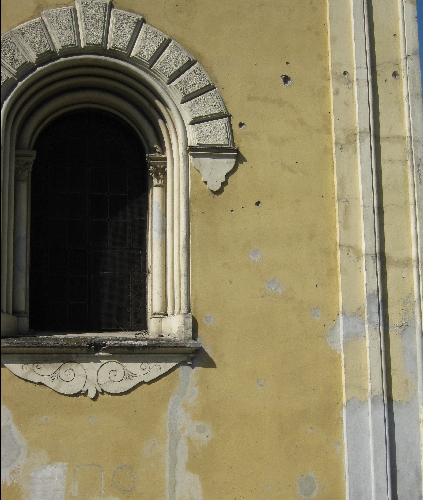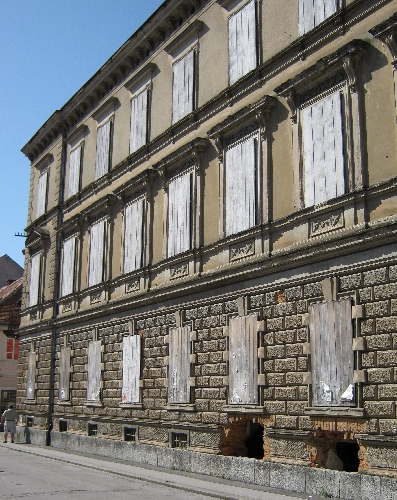
The Week of Prayer for Christian Unity takes place each year in the northern hemisphere, between 18th -25th January. On the evening of Monday 23rd January, Sybille and I, along with three other members of the St. Clement’s Anglican congregation, attended the main service held in Prague to mark this important week.
This Ecumenical Service was held in Kostel sv. Vojtecha, a large modern Church attached the Roman Catholic Theological Faculty of Charles University. It was led by the Roman Catholic Archbishop of Prague, Dominik Duka and the preacher was Mgr. Joel Ruml, the Moderator of the Evangelical Church of Czech Brethren, (by far the largest Protestant Church in the Czech Republic), who is also the Chair of the Czech Ecumenical Council. They were assisted by my Czech boss, Bishop Dušan Hejbal of the Old Catholic Church, who is also Vice-Chair of the Czech Ecumenical Council.
Members of various other smaller Czech Churches also took part by reading from scripture and in leading intercessions. It was noticeable that amongst all of these there was only one woman! Obviously the service was all in Czech so I didn’t understand too much though I did get the response to Psalm 122. ‘Do domu Hospodinova pujdeme s radostí’ – ‘Let us go to the house of the Lord with joy’.
I was disappointed that at the end of the service, the host Roman Catholic Church had made no provision of light refreshments to encourage those who attended to stay around for post-service fellowship. Also, there was no opportunity to meet with the various Church leaders who had taken part – they all just processed out during the last verse of the last hymn and disappeared! Thus there was sadly, little opportunity to build good ecumenical relationships.
The other matter that saddened me was the actual way the service was officially organised. The invitation to attend came jointly from the Czech Ecumenical Council and the (Roman Catholic) Czech Bishops’ Conference. The reason for this is that the Roman Catholic Church is only affiliated to the Czech Ecumenical Council, rather than being a full member Church. The evidence of this can be seen on the order of service below. On the left is the logo of the Ecumenical Council, whilst on the right is the logo of the RC Czech Bishops’ Conference.

This situation reflects the official attitude of the Roman Catholic Church in any country where it can be described as the ‘majority Church’, which is the reality in the Czech Republic, even allowing for the general low level of Church attendance and Christian belief that there is here. When the Roman Catholic Church is a minority Church, as it is in England, Wales & Scotland, then it chooses to become a full member of the national ecumenical body.
This is not a criticism of individual Roman Catholics, many of whom are very ecumenically minded. Nor is it a criticism of Archbishop Duka himself as I have a great admiration for him as he spent time in prison during the Communist era, because of his underground Church activities. I’ve twice previously had the privilege of meeting him and found him warm and very supportive towards the English-speaking Anglican Church in Prague.
Rather, it is a criticism of the official view that emanates from Rome, which is that it alone is the Catholic (i.e. universal) Church and that the only way to bring about Christian unity is for everybody to rejoin the Roman Catholic Church! Sadly, under the current Pope, that attitude is unlikely to change.
Encouragingly, there are movements within Roman Catholicism that are calling for change such as ‘We are the Church ‘and the Pfarrer Initiative in Austria. I think there are one or two more blog posts coming shortly to address these issues. Watch this space!



